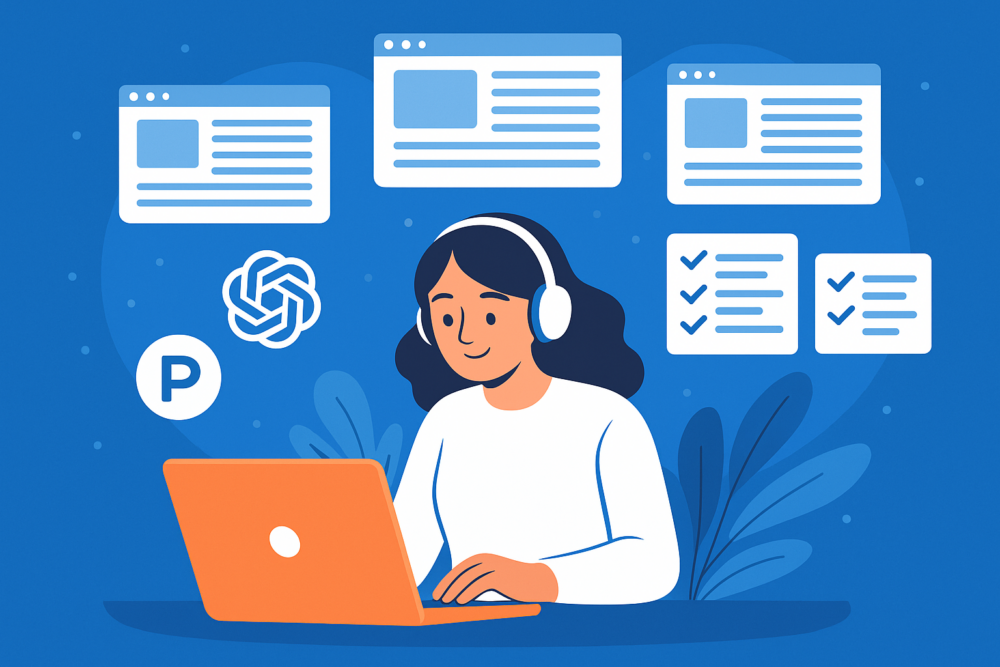Table of contents
Everybody knows the four-step process for driving sales through social media…
Step 1: Post mind-blowing content.
Step 2: Potential buyers will be curious enough about your business to follow your page or profile.
Step 3: Post EVEN MORE incredible content that will have an EVEN LARGER reach now that you have more followers
Step 4: …profit?
Hmmm, perhaps that is not how it actually happens in real life. And now we have the evidence to back it up.
In the March-April 2017 issue of the Harvard Business Review, Drs. Leslie John, Daniel Mochon, Oliver Emrich and Janet Schwartz published their results on the link between different types of Facebook activity and real-world behavior. They put on 23 experiments and tested 18,000 individuals.
They investigated common ways that people interact with brands: viewing an ad, liking a page and recommending a product to a friend. They wanted to see what factors were the true motivators behind purchasing decisions.
Do “likes” lead to revenue?
There were two major phenomena around “likes” that researchers wanted to measure.
- Previous studies had shown that Facebook users that ‘liked’ Starbucks or had a friend that ‘liked’ Starbucks “spent 8% more and transacted 11% more frequently over the course of a month”. But, was this correlation or causation? In other words, were these people already Starbucks fanatics before they liked the Facebook page, or did liking the page cause them to buy more?
- The psychological principle of cognitive dissonance. This means that people are psychologically wired to act in a way that is consistent with previous actions. If they like a page on Facebook, would they start buying in order to be consistent?
So, they put on a series of studies that isolated the “like” behavior, and measured real-world activities like going to the gym, eating healthily and buying a cosmetics product. The results were clear across 16 studies.
“Merely liking a page did not change [buying] behavior.”
The Problem: “Likes” are not usually perceived as real-world endorsements.
As many of us know, “liking” a Facebook page is not a private behavior. Your friends see the activity in their News Feeds as well. The researchers wanted to see if “seeing a friend’s like” created a similar impact to personally recommending a brand or product by email. So, they had over 700 people share a coupon over email for 1 of 3 reasons:
- They personally endorsed the product
- They had “liked” the product on Facebook
- No reason, just a free coupon
The personal endorsements led to a measurable uptick in purchasing behavior. The Facebook likes did not.
This tells us that friends draw the distinction between learning about a product through social media mentions, and a direct personal endorsement. So, the exposure generated by simply liking a brand on Facebook may not generate any real-world activity. But, a direct recommendation due to a positive experience with a product can drive purchasing.
But, “Likes” can lead to more effective Facebook ad targeting, which can drive action.
Even after a person has liked a Facebook page, they may not see the page that often. Unless they explicitly check the page, they will only occasionally see a new post pop-up in their algorithmically generated feed. So, a business’s hard-earned organic following may not view their content, even after liking or following.
This was the basis of the researchers’ work with Vitality, a South African health insurance company. They first encouraged new Vitality customers to “like” the company’s lively page, and measured health behaviors over 4 months. They saw no impact due to liking the page.
Then, they put on a paid campaign with Vitality. The company used paid post promotion to share their content with new followers twice a week for two months. They found that these followers earned 8% more points in their health program.
The organic “like” behavior set up later paid ad impressions. This exposure led to real-world health actions.
Determine the social media activities that drive buying behavior for your company.
We all love to see our social media profiles light up with likes, comments and shares. It feels even better when this happens organically, because this means that prospects enjoy your message. But, this social media activity may not indicate that sales are on the horizon!
You should strongly consider using paid promotion alongside organic efforts. Yes, it will cost you. But, as long as you monitor and improve your Facebook ad ROI with a social media dashboard, it will help your organic efforts translate into sales.













